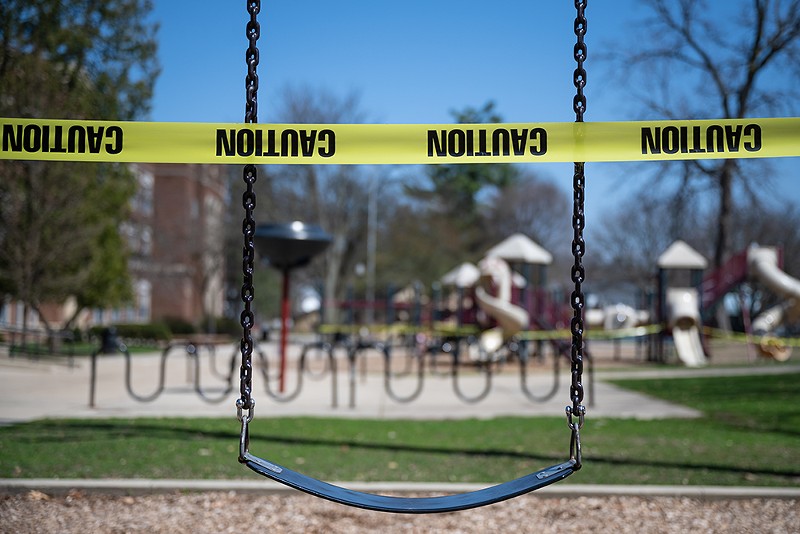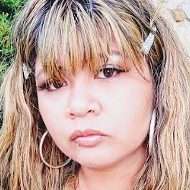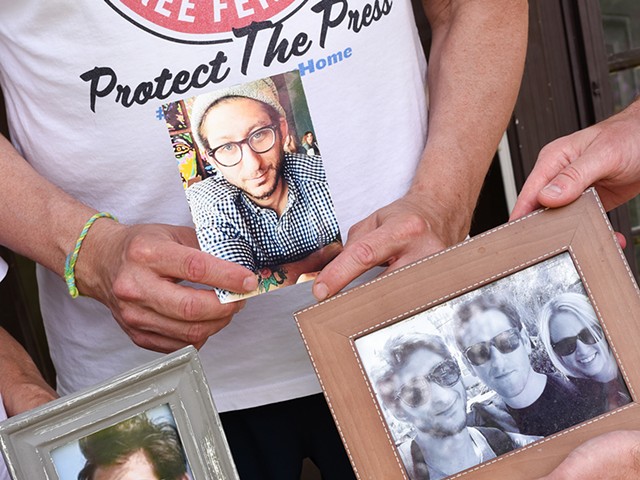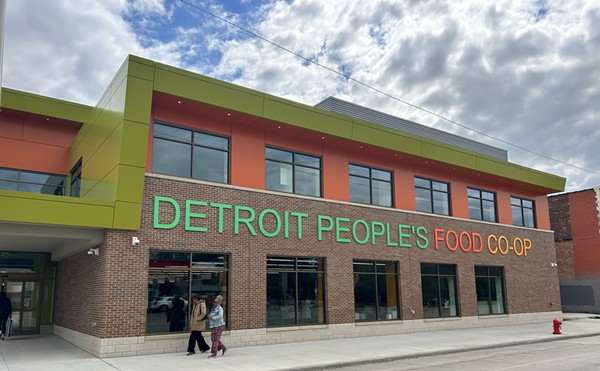
For Cathy Farris, the life of a school nurse is a constant juggling act.
She helps manage hundreds of individual student health plans, which may include treatments for asthma, diabetes, or seizure disorders. She trains school secretaries, janitors, paraprofessionals, and other support staff in first aid and CPR, or to administer medications like epipens if a student undergoes a severe allergic reaction. She’s on call when medical emergencies arise.
“It feels like I’m working 24/7,” says Farris, who’s worked in Novi schools for 11 years. “Some days are better than others.”
This school year, the demands on Farris and her profession have intensified. Michigan school districts are navigating another season of pandemic-era learning. The chaos of 2020 saw districts scrambling to equip students with digital devices after school buildings shuttered, child food insecurity rose for the most vulnerable, and thousands of students disappeared from school rolls. Academic engagement and performance suffered during virtual learning. Student mental health deteriorated.
Many students, parents, teachers, and administrators are on a path of recovery. Districts are equipped with more tools and resources to combat the pandemic, but the effects of last year’s damage didn’t evaporate when students flocked back to physical classrooms. Health and safety remains a top priority, and school nurses are often the ones enforcing those protocols. School nurses must keep vigilant eyes on students, so they can be safe, healthy, and ready to learn, more so than ever.
They’re the go-to medical frontline workers. They’re the most visible and accessible public health experts and ambassadors at schools.
But the overload of COVID tasks has overwhelmed school nurses. The escalation in pandemic-related responsibilities, including contact tracing, tracking quarantine rates, helping organize vaccination clinics, administering COVID tests and health screenings, is also siphoning away time and energy devoted to essential nursing duties.
“They've had to put their typical work of care coordination, emergency planning, and health promotion on the backburner and really have had to improvise and adapt to the needs presented by COVID,” says Evilia Jankowski, the state’s school nurse consultant, who helps lead state efforts to support school nurses at both the Michigan Department of Education and the Michigan Department of Health and Human Services.
At Warren Consolidated Schools, school nurses are also shouldering heavy burdens, and Superintendent Robert Livernois says staffing levels aren’t adequate. The district currently employs two full-time nurses, and serves about 13,000 students, according to 2020-21 enrollment data.
“Our nurses have taken on the brunt of the COVID work,” he says.
During her visits to daycares, elementary, and high schools, Farris has already witnessed bouts of colds, flus, and other respiratory illnesses going up. So are chronic conditions like diabetes.
She also monitors and intervenes when mental health struggles appear. Right now, she’s seeing anxious first graders trying to acclimate to new rules, routines, and the hustle and bustle of elementary school life after a year isolated at home.
“School nurses have been working long, hard hours, and stepping up to challenges,” Jankowski says. “I'm thankful for the nurses we do have.”
Rising outbreaks, disparate mask rules escalate challenges
As they stepped into these roles, school nurses were besieged by a hurricane of alarming trends: the number of Michigan schools reporting outbreaks is growing. Last week, the state health department reported 101 new school-related outbreaks across Michigan, up from 75 the previous week.In Michigan, COVID has infected more than 201,000 people ages 19 or younger, according to state health officials. As of Nov. 2, 20 deaths have been confirmed for those between the ages of 10 and 19. And more than 450 children under 12 are contracting the virus each day.
A Metro Times analysis also found nine out of 10 counties with the highest number of positive cases amongst students didn’t have mandatory mask policies.
As they stepped into these roles, school nurses were besieged by a hurricane of alarming trends: the number of Michigan schools reporting outbreaks is growing.
tweet this
The enforcement of mask mandates in schools varies from county to county. About 42% of all Michigan school districts have a mask mandate, which covers about 60% or roughly 748,000 K-12 students, according to an October state health report. About 7% of school districts eliminated their mask policies.
Wayne and Oakland counties currently have school mask policies in place, while Macomb does not.
The opposition of the mask protocol by some parents is the latest battleground in the school culture wars. School nurses can get caught in the crossfire, and often field those grievances.
"We know that there's best practices, but the communities we live in may not agree with that,” says Rachel VanDenBrink, the president of the Michigan Association of School Nurses, a school nursing advocacy organization. “So we battle that misinformation."
A shortage persists, and the fatigue is settling in
Farris says she splits her duties with one other school nurse. She didn't have a true summer vacation, as staff training and caring for students enrolled in summer school dominated her schedule. These days, she's calling dozens of parents and relaxing their nerves if their children may have been exposed to the virus, or telling them when students can return to school after getting sick. Whenever she visits a school building, Farris watches students strolling around hallways and cafeterias, making sure masks are properly secured around their faces. Her district requires masks, making the job a little easier.Before becoming schools’ first lines of defense against the public health crisis, the impact of school nurses could be felt in quieter ways. Research shows they helped reduce the number of days missed by students coping with chronic conditions. They connected families with resources for health insurance and services.
"Nurses can do much more than just taking temperatures and making phone calls," says VanDenBrink. "We do so much for student health and education."
But there's too much to do, and too little qualified labor. Michigan has long suffered a nursing shortage even prior to a pandemic that exposed the racial and economic inequities across the schools. During the 2019-20 academic year, there was one nurse for every 5,347 students, according to state estimates. That ratio was slightly better at the high school level, where there was one nurse for every 4,319 high school students. The figures likely don’t meet the guidelines established by The American Academy of Pediatrics, which currently recommends one nurse for every school building.
Other factors fuel the shortage too. The average school nurse salary tends to be less competitive than the average hospital nurse salary.
And realities of 'The Great Resignation," which has seen millions of people quit their jobs, are reverberating across the education workforce. The teacher talent pipeline is dwindling, and there’s been an uptick in retirements. Other school staff shortages, like security guards and paraprofessionals, are also on the rise. About 10 weeks into the school year, the burnout is real, and nurse advocates are calling for more help.
"We're a little tired, but we knew this was a marathon," VanDenBrink says. "Add more of us so we aren't stretched so thin."
Michigan is one of a few states which doesn’t have a law that requires school districts to hire full-time school nurses. Arizona and Texas also don't have such a law on the books.
In some cases, the school nurse is the only healthcare professional that regularly communicates with students and their families. Across Michigan, school nurses tend to be in short supply in rural areas, specifically in the mid, lower, and thumb regions.
VanDenBrink is worried about how such deficits in care may compromise students’ well-being. What often ends up happening is that much of those daily medical duties end up spilling on the plates of untrained school staff. These situations are less-than-ideal.
“It’s a safety and liability issue if there's no school nurse,” VanDenBrink says. “It's not equitable to students or staff.”
Some relief arrives. Uncertainty still hangs in the air.
School nurses had often been an undervalued workforce in schools, but as the pandemic raged on, those perceptions amongst district leaders began to shift, VanDenBrink says.In July, Gov. Gretchen Whitmer approved a $17.1 billion school aid budget, the largest investment directed toward pre-K-12 schools in state history. That budget included sending $240 million over a three-year period to help districts hire more school psychologists, social workers, counselors, and nurses.
In Warren Consolidated Schools, the district plans to hire a third full-time school nurse using grant funds, but as of late October, recruitment efforts thus far have been hamstrung. “We are still struggling to fill the role due to the shortage,” Livernois says.
As part of their COVID mitigation strategy, the Detroit Public Schools Community District, the largest school district in the state, planned to place contract nurses in each of its roughly 100 school buildings.
Wayne-Westland Community Schools has four full-time nurses who work one-on-one with students who have complex medical needs. There’s also a school-based health clinic at one of the middle schools established in partnership with Beaumont Hospital. The clinic provides health care services for all 9,688 district students. They’ve spent relief dollars to hire nurses to work inside each school’s COVID isolation rooms, where they’ll help evaluate whether students show COVID symptoms. In late October, nurses are also administering rapid antigen tests for unvaccinated, asymptomatic students who are currently in quarantine.
Pandemic relief dollars won’t be flowing forever. The money is temporary, must be spent during a specific time frame, and some nursing positions are sustained by this limited cash source, Jankowski says. So future job security remains unclear.
But the cavalry may be coming sooner, as the number of applicants to college nursing programs has risen this year.
And there’s been a breakthrough in favor of school nurses’ battle against COVID. Last week, the Centers for Disease Control and Prevention recommended that children ages 5-11 can get the Pfizer-BioNTech pediatric vaccine, and the U.S. Food and Drug Administration authorized its emergency use. More than 825,000 children are now eligible. Children ages 12 to 15 have been eligible for COVID vaccination since May.
For VanDenBrink, the promise of pediatric vaccinations could help alleviate some of the COVID-related workload and strife.
“Once we get the vaccine to the younger age group, hopefully that will be the turning point,” she says.
For Farris, the semblance of normalcy, which many students, parents, teachers, and administrators had high hopes for this school year to be, is still a faraway horizon.
“It's just about the fear of the unknown,” she says. “Where are we going to be in another month?”
This story was reported with support from the William and Flora Hewlett Foundation.
Stay connected with Detroit Metro Times. Subscribe to our newsletters, and follow us on Google News, Apple News, Twitter, Facebook, Instagram, or Reddit.






